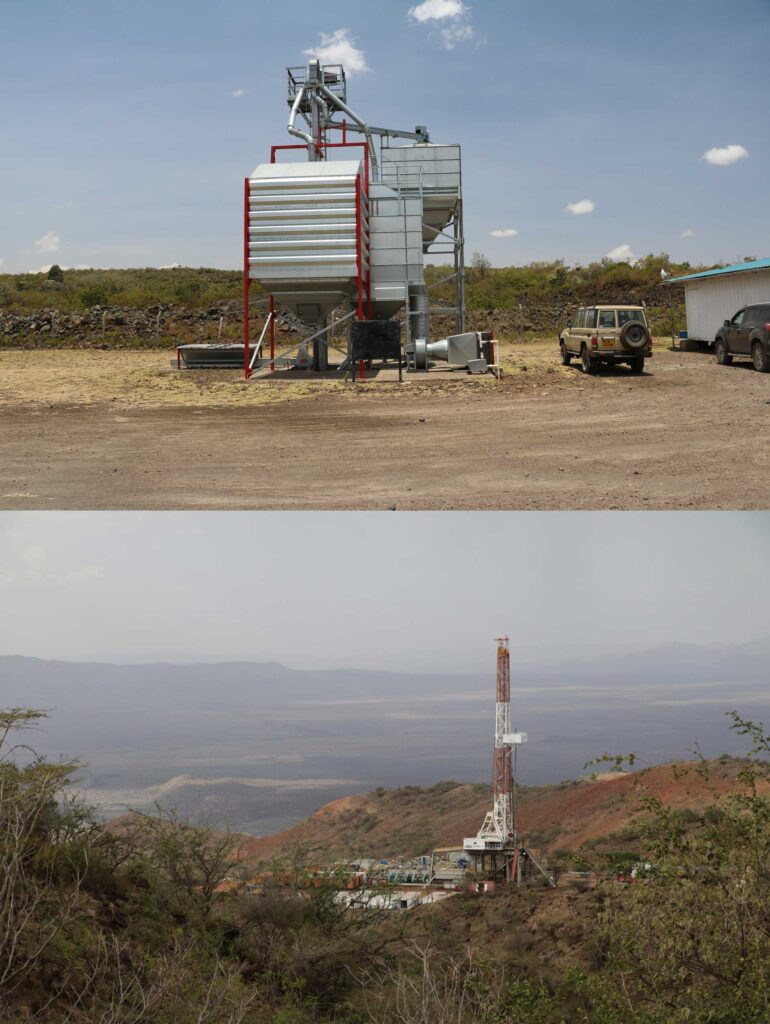By Dr Nsah Mala, BRIDGES Cologne Hub Coordinator
In line with the UNESCO-MOST BRIDGES Coalition’s mission of bringing research and practice insights from the arts, humanities, social sciences, indigenous sciences and non-academic expertise into the policymaking arena, the University of Cologne’s Thematic Hub for Planetary Wellbeing is launching a BRIDGES Cologne Policy Insights blog series to showcase research and practice with implications for policymakers at local, national and international levels.
In this inaugural edition of the BRIDGES Cologne Policy Insights, we focus on the advantages or “co-benefits” that local communities can enjoy from ancillary infrastructure that accompanies large-scale renewable energy projects. We shine a spotlight on two policy-relevant research publications co-authored by the University of Cologne’s Global South Studies Center (GSSC) researcher Prof Dr Clemens Greiner and colleagues from the University of Bonn and the Bonn International Centre for Conflict Studies (BICC).
Published Research
The first article, co-authored by Clemens Greiner (GSSC), Britta Klagge (University of Bonn) and Evelyne Atieno Owino (BICC), is entitled “The political ecology of geothermal development: Green sacrifice zones or energy landscapes of value?” Using case studies from Kenya and comparative insights from Iceland, the authors examine the possible ways in which local communities can benefit from large-scale geothermal projects. They suggest that despite negative impacts of geothermal projects (such as the loss of land and livelihoods) local communities could benefit from micro-industrial and agricultural direct-use projects that make use of geothermal steam and brine. Such projects can take up locally adapted activities, such as green housing, honey and wax processing as well as dairy production and may contribute to creating an “energy landscape of value, or environments worth living in.”
The second article takes a closer look at the infrastructural prerequisites for implementing large-scale renewable energy projects in peripheral rural areas. It is entitled “The temporalities and externalities of ancillary infrastructure in large-scale renewable energy projects: Insights from the rural periphery” and it is co-authored by Clemens Greiner (GSSC, University of Cologne) and Britta Klagge (University of Bonn). The researchers argue that much attention is usually paid to the primary infrastructure, i.e. the power generation facilities, while ancillary infrastructure is often overlooked and hastily constructed. For a better understanding, they create a typology of ancillary infrastructures and, based on a case study of geothermal development in northern Kenya, show the respective temporal dynamics and local effects. Both permanent ancillary infrastructure (roads, water systems) and temporary ancillary infrastructure (such as workers camps) can have negative impacts as well as considerable co-benefits and therefore require careful planning.
Policy Recommendations
Both articles conclude with detailed policy recommendations, which are summarized here:
- Exploration and investment in locally adapted geothermal direct-use potentials should be strengthened to generate local co-benefits;
- Ancillary infrastructures such as roads and water supply systems should not be regarded as appendages, but as modular, independent infrastructures that continue to exist and have a local impact even if the power generation infrastructures fail or are decommissioned;
- The concerns and experiences of the affected communities must be considered seriously and taken into account from the outset of (ancillary) infrastructure planning.
Targeted Decisionmakers and Policymakers
The findings and recommendations in these two publications are based on research on geothermal energy developments in Kenya. Nevertheless, they claim broader relevance with regard to the global transition to low-carbon economies and ensuring planetary wellbeing. Therefore, they are relevant to a large number of decisionmakers and policymakers in the renewable energy sector. These include particularly energy planners, land planners, project developers, project executives, renewable energy companies, local community representatives, local executives, ministries or departments in charge of roads, local or national departments and ministries in charge of energy, international organisations such as the International Energy Agency (IEA), etc., in Kenya and beyond.



